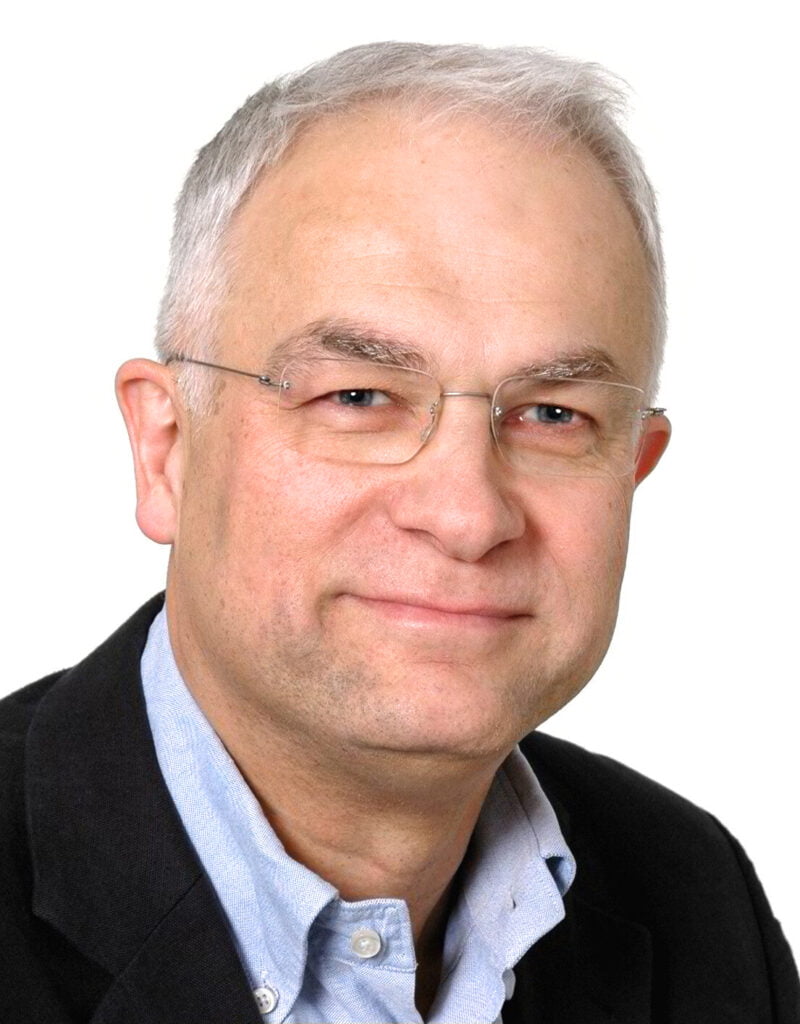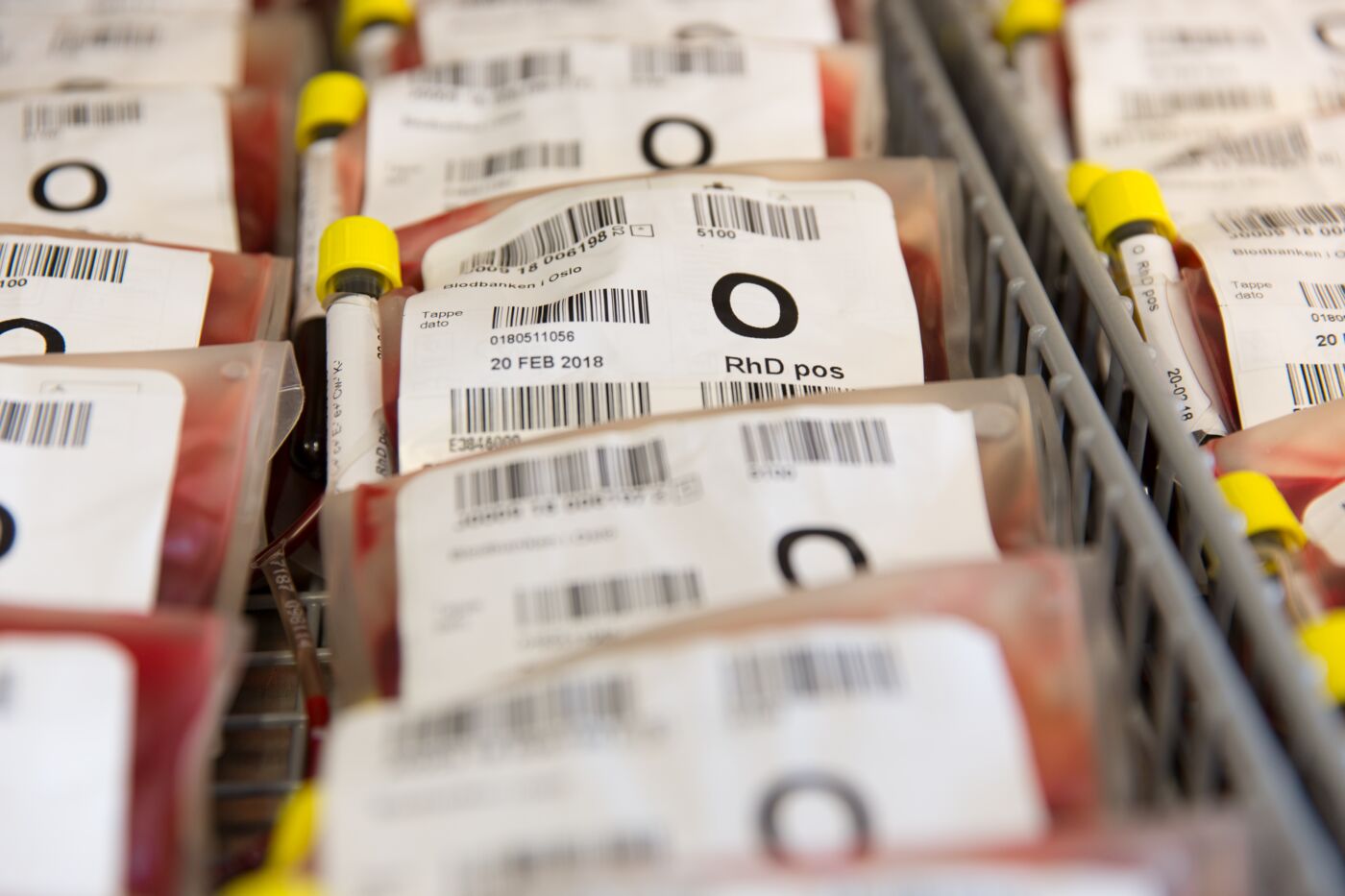Digital solutions play a critical role in the Blood Management sector, improving patient safety, streamlining processes and enabling blood banks, labs and other stakeholders to do more with fewer resources. These digital solutions have grown considerably since their implementation, introducing new features and functionalities as the sector and user needs evolved. Today, in light of geopolitical concerns and social issues prevalent across many markets, there is a renewed focus on blood management solutions, what they can achieve, how we can improve them and what the future holds for this type of digital technology.

To explore the way contemporary blood management solutions assist healthcare professionals, the challenges the sector faces and how we improve performance going forward, we spoke to Jørgen Georgsen, a blood management specialist and Chief Physician at Region Syddanmark (Region of Southern Denmark). Jørgen has worked in the sector for over 40 years and with Omda ProSang, our advanced Laboratory Information Management System (LIMS) for end-to-end blood, cell, and tissue management, for approximately 30 years.
Digital solutions have transformed blood management
A pioneering digital solution, Omda ProSang was developed in Sweden and first implemented in Denmark in 1993. Previously, most blood management organisations operated pen-and-paper systems that were slow, complex and error-prone. Region Syddanmark was one such organisation. Omda ProSang – then known as Facette – enabled it to move to a more secure, safe and efficient digital system and drastically reduced the number of employees required to manage these processes. Crucially, it also facilitated cell and tissue management, alongside blood products.
Over the years, Omda ProSang built on its early success, developing and incorporating new modules and functionalities that assist blood management professionals. Today, Region Syddanmark’s ProSang installation manages 45,000 plasma donations and 35,000 whole blood donations a year, as well as all relevant tests. One of the most significant developments has been the shift from regional deployments to a national platform. Omda is now working with the Danish health regions to provide a nationwide, consolidated blood management solution. It also has 100 % market coverage in Sweden, though this is on a regional basis.

Understanding the challenges facing the sector
Today, the blood management sector faces several pressing challenges. Demographic shifts are particularly concerning. In many markets, including but certainly not limited to the Nordics, ageing populations are placing additional pressure on blood management services. ‘Most blood is given to people over 60 years of age’, explained Jørgen. ‘They need more care and more blood products. As the number of elderly people increases, demand for blood products and blood management services grow’.
Statistics from the European Commission illustrate the concern is well-founded. It anticipates the median age in the EU-27 will increase by 4.5 years between 2019 and 2050 (EC). At the same time, the old-age dependency ratio, which measures the ‘relative size of the older part of the population compared with the working-age population’, increased from 25.9 % in 2001 (around four working-age persons for every older person) to 34.1 % in 2019 (just under three working-age persons for every older person). By 2050, it will hit 56.7 % (fewer than two working-age persons for every older person) (EC). In other words, the age balance will shift rapidly and significantly towards older populations.
Staff shortages in the healthcare sector exacerbate demographic changes. This places greater stress and strain on blood management systems, with greater demand requiring more staff and trained professionals to facilitate safe and effective donation, storage and delivery. ‘This is a particular problem on the donation side, where you still need the staff to perform venipuncture’, Jørgen noted.
Complex healthcare systems, structures and processes
At the same time, organisations responsible for blood, cell and tissue management must also contend with increasingly complex organisational structures and decision-making processes. As the power of our digital solutions grows and our understanding of niche healthcare areas improves, the need for highly specialised teams also increases. Many healthcare professionals (and technology developers) now operate in narrow knowledge fields, enabling them to push the boundaries of what is possible in a way that isn’t possible with a more generalised approach.
But specialisation poses its own challenges. Developing ways for highly specialised teams to collaborate is more difficult. Distinct working cultures, decision-making processes and even language can complicate the process and make it less efficient. ‘In the clinical environment, we’re used to making fast, risk-based decisions. In IT, this is not the case. Things are slower and there are more decision-makers involved’, said Jørgen. Marrying the two approaches will be central to future solution success.
The same is true for complex political structures. With different healthcare organisations, regions and decision-makers responsible for policy, healthcare strategy and technology procurement, aligning interests and developing and introducing game-changing solutions can be slow and arduous. This can prevent the blood management sector from implementing necessary improvements as quickly as it would like.
Efficiency and user-centricity are key
Though the challenges presented above are substantial, they are not insurmountable. Recent developments and future enhancements suggest that digital solutions will play a role in resolving them. For instance, the introduction of 2D scanning in Omda ProSang positively impacts process efficiency, reducing the number of times you need to scan blood products, streamlining workflows and easing the strain on healthcare professionals. Increasingly powerful digital solutions mean more efficient work practices, helping to mitigate the additional pressure placed on systems by an ageing population and staff shortages.

When it comes to managing increasingly complex organisational structures, Jørgen believes close collaboration between technology providers and blood management professionals is necessary. ‘Developers need a direct understanding and real-world experience of how blood management and the laboratory environment functions to create high-quality technological solutions’, Jørgen noted. ‘Site visits and more extensive communication between teams will save time, be more cost-effective and result in better solutions’. Omda’s user-centric culture means it is particularly well-positioned to provide this type of close, collaborative working relationship. In fact, it is baked into Omda ProSang’s design process, with user forums and strong feedback loops a critical component of product development.
Standardisation results in improved resource use
Jørgen also believes sector standardisation can mitigate some complexity inherent in the sector and open up new opportunities and possibilities. The adoption of ISBT 128, the international information standard in blood management, is an excellent example. ‘The ISBT 128 international standard would enable us to procure Substances of Human Origin (SoHOs) such as stem cells from almost anywhere. No matter what language the product data was submitted in, we would have the capacity to read that data in our own tongue’. In this respect, Omda ProSang is taking a leading role and provides full support for ISBT 128.
Standardisation is also a core theme in another significant trend in blood management – the move from regional solutions towards national blood management systems. For Jørgen, this is the ultimate efficiency gain, as it lowers costs, enhances collaboration and facilitates shared resource use. ‘With a national system, we can also share blood data, move acute patients between regions more easily and simplify donation processes. We can distribute blood products more efficiently and ensure all regions benefit from their combined expertise. Testing and validating changes to a solution in one digital system, rather than five installations, would save time and money’. Denmark’s transition from five regional systems to a single, centralised solution is already underway, and we expect other nations to pursue a similar strategy in the future.
Empowering blood management organisations
Like many healthcare verticals, the blood, cell and tissue management sector faces considerable challenges. From demographic shifts to the complex nature of modern healthcare systems, there are several obstacles to large-scale, safe and efficient blood management. However, digital technologies like Omda ProSang can empower blood management organisations, enabling them to transition to more effective and efficient work processes that counterbalance the effects of ageing populations and staff shortages, while making blood, tissue and cell management safer and more secure.
As we look to the future, it is clear that contemporary blood management solutions need to be more user-focused and developed in close conjunction with blood management professionals. We believe Omda’s Smarter Ways vision, as well as our history of developing side-by-side with healthcare professionals, ensures we are ideally positioned to deliver the solutions the sector requires and help overcome key challenges.